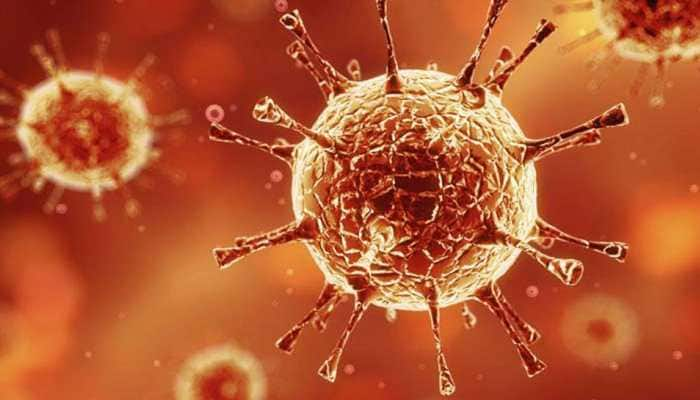Omicron has prepared for the fourth wave, is now attacking as ‘BA.3’

The cases of Coronavirus have come down a bit but the danger is not over yet. Another new subvariant of Omicron has been detected before the fourth wave of corona, about which the World Health Organization (WHO) has expressed concern. Dr Maria van Karkhove, COVID-19 technical chief at WHO, has said that Omicron also has a subvariant BA.3 (Omicron subvariant BA.3).
Omicron is considered the fastest spreading variant. Because of this the world had to face the third wave. Now that its cases started decreasing, its subvariant BA.2 started causing havoc in many countries. Experts were assuming that this could be the cause of the fourth wave. In such a situation, once again alarm bells have been rung with the introduction of another subvariant of Omicron.
On how deadly BA.3 is, WHO has said that it is as serious as its original form i.e. Omicron BA.1 and BA.2. That is, its effect is the same as we have been seeing in the case of Omicron. Let us know what is BA.3, how deadly is it and what are its symptoms.
What is Omicron BA.3 (BA.3)?
According to WHO, ba.3 is a modified version of the Omicron variant. A research published on January 18 in the Journal of Medical Virology also confirmed the ba.3 subvariant. The study said that BA.3 was first detected in North West South Africa. Several studies have referred to Ba.3 as a less common lineage of Omicron.
How deadly is Omicron BA.3?
The severity of a virus type on the human body depends on how the host body reacts to the virus. It is said to be a lighter variant than the other variants of the Omicron. It is believed that BA.3 does not have the ability to spread very rapidly. In terms of severity, it is similar to Omicron’s two subvariants, ba.1 and ba.2.
What are the symptoms associated with Omicron BA.3?
Omicron was considered the main cause of the third wave. Although its cases were not very serious but it had the potential to spread rapidly. If we talk about the symptoms of BA.3, then no specific symptoms have been revealed at the moment, but it is believed that its symptoms can be like Omicron. Scientists believe that its symptoms may depend on chronic diseases, immunity and vaccination. The common symptoms of Omicron are sore throat, runny nose, sneezing, headache, body aches, and mild fever.
Is this the bell of the fourth wave?
Recently, scientists have also warned of the fourth wave of corona, which may come in June. At present, except Omicron, no form of corona is proving to be more deadly and neither are their cases being found. Of course Omicron cases are increasing rapidly in some countries. This has raised suspicions that Omicron and its subvariants may be the cause of the fourth wave.






